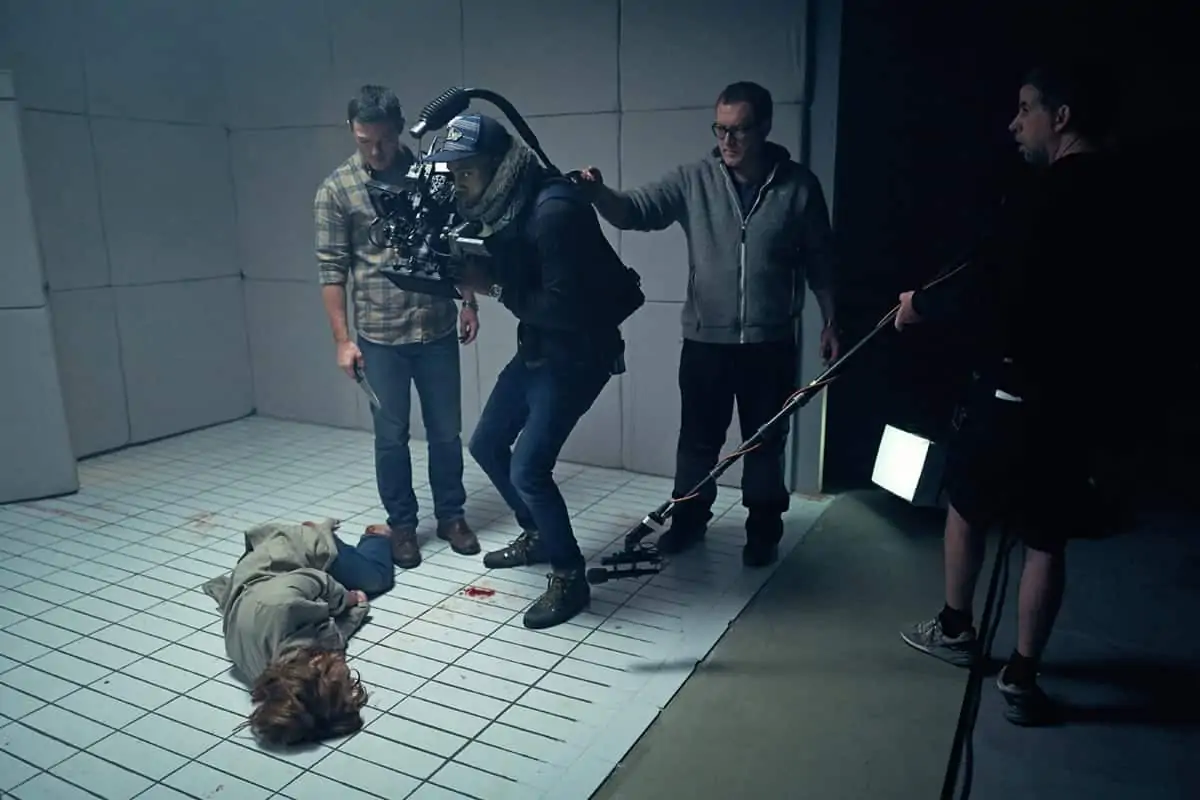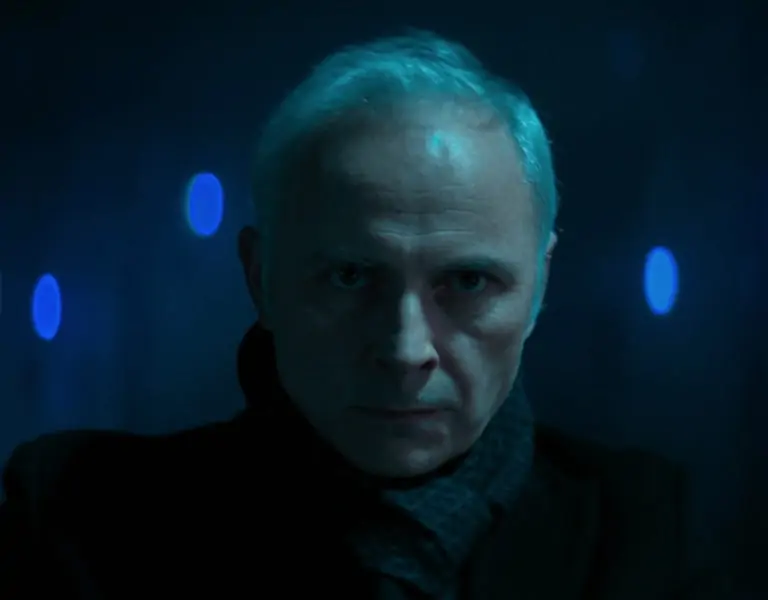FIGHTING FOR JUSTICE
Lensing a drama series portraying the events following the racially motivated murder of Stephen Lawrence and his parents’ ongoing pursuit of justice was not a responsibility Aaron Reid took lightly. The cinematographer shares insight into the retelling of a story of great significance.
On the evening of 22 April 1993, black British teenager Stephen Lawrence was killed in a racially motivated and unprovoked attack as he waited at a bus stop in south-east London. Following decades of campaigning, led by Stephen’s parents Doreen and Neville Lawrence, the 18-year-old’s killers were finally brought to justice in 2012. The impact of the senseless murder is still felt to this day and the actions and determination of Doreen and Neville Lawrence helped change the law as well as raise awareness of the racial inequality that sadly exists in the UK.
Three-part ITV series Stephen picks up the story in 2006 at a significant point in the case, following on from Paul Greengrass’ 1999 powerful ITV drama The Murder of Stephen Lawrence (Cin: Ivan Strasburg BSC). Sharlene Whyte (Small Axe) takes on the role of Doreen, Hugh Quarshie (Breeders, Holby City) returns to the role of Neville Lawrence who he played in the 1999 drama, and Steve Coogan (Philomena, Alan Partridge) plays DCI Clive Driscoll who led the murder investigation.
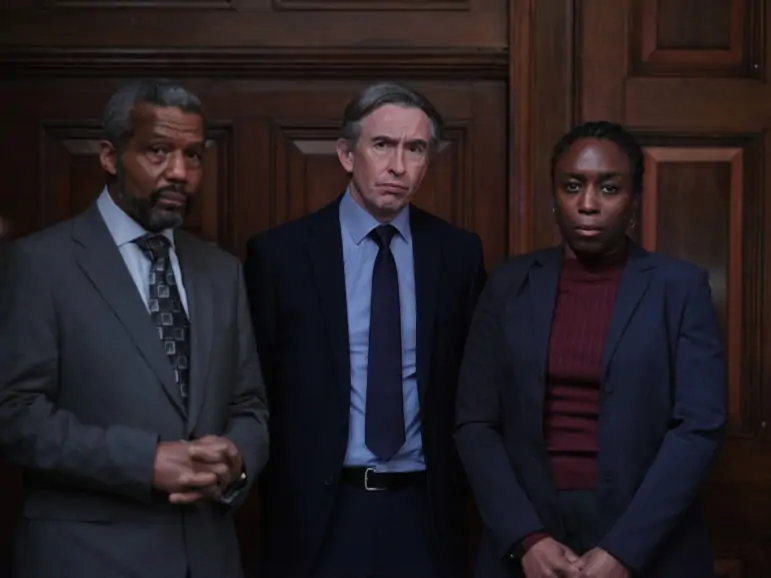
“As soon as I heard a drama series about the Stephen Lawrence case was being made, I knew I had to be part of it,” says cinematographer Aaron Reid. “Stephen’s murder hit really close to home because I went to school with his cousin. We were both part of the Caribbean community, Stephen grew up in a similar area to me and what happened to him shaped my teenage years. Because of his murder, we were very careful when visiting certain areas.”
Prior to shooting the series, Reid lensed an Alrick Riley-directed film within ITV’s 2020 Unsaid Stories collection of short films which were inspired by the Black Lives Matter movement and explored racism. “A month later Alrick mentioned he might be directing another show we could collaborate on and that was my introduction to Stephen. When I read the script and met with Alrick again he reiterated the importance of the series and the story being told,” he says.
“Alrick is one of the most experienced directors I’ve worked with. His CV is phenomenal, and he’s worked with many cinematographers, but he gave me a shot. From the get-go, we were on the same page about the way we wanted the series to look – we didn’t want it to feel too bright, preferring to play in the low tones.”
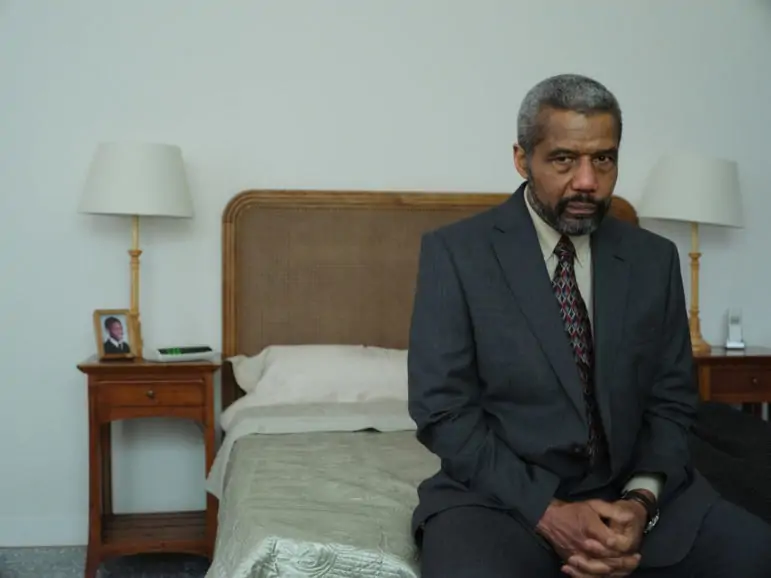
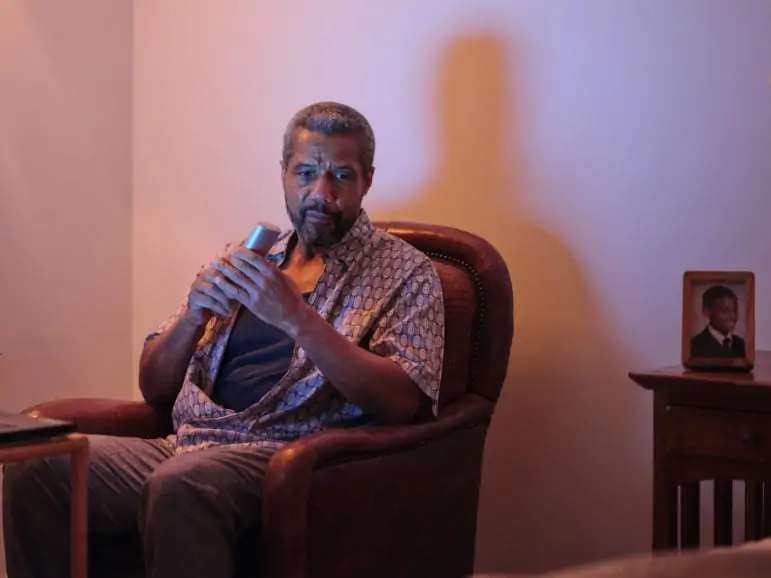
While the experience introduced Reid to new skills, he also shared some of his own approaches with Riley. “Before Alrick walks onto the set, he wants to know where the camera will be placed and what shots he will need to tell that scene’s story. He’s pretty much done the edit before he gets to set, which is a great way of working,” he says. “But on Stephen I also liked to embrace unforeseen things that happened which Alrick was open to and trusted my judgment on.”
As the series is based on real events, research and accuracy was essential. “We visited the road Stephen was murdered on which was a chilling experience,” says Reid. “Working with production designer Jamie Lapsley was great – she was like a history book of the events that took place and how each location should look.”
As the pandemic prevented the team from shooting scenes set inside Doreen, Clive, or Neville’s houses in the Jamaica, sets were constructed at the Dagenham East space. All other scenes were captured on location, including courtroom scenes shot at Kingston-Upon-Thames County Court in Surrey. “Jamie really nailed how things should look during that period. It was important to get the tones right in Doreen, Clive and Neville’s houses because they needed to look like realistic everyday homes and not feel like you were in a studio.”
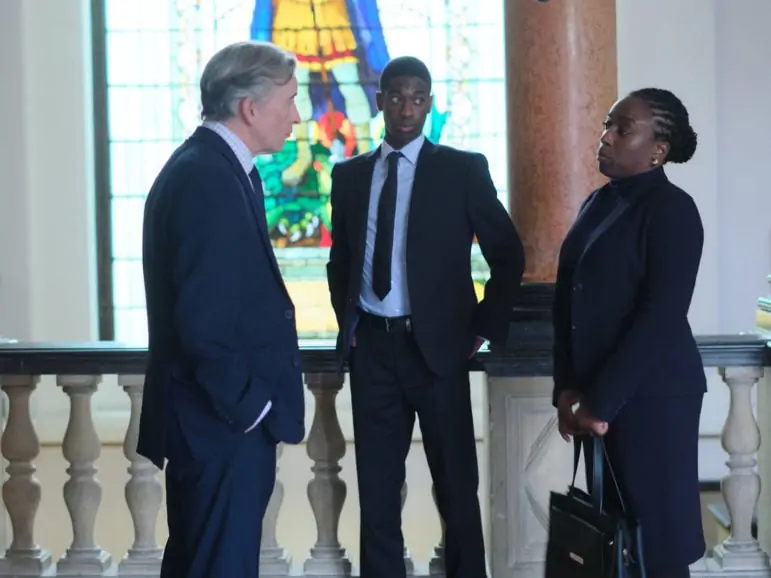
Following a longer than planned five weeks prep, extended due to the lockdown, Reid shot from the middle of February 2021 until the end of March. Being ambitious when lighting scenes was crucial to Reid and Riley. “We wanted to push the boundaries while still ensuring everything looked as naturally lit as possible during the daytime,” says Reid. “Clive’s police station office is completely lit, but at first glance you might not think it was. We needed that constant soft light coming through.”
To achieve this subtle lighting approach, “keeping the light far away and using big soft sources”, the crew built a huge eyebrow down the side of the building and bounced a dozen 4K HMIs to produce the gentle light. “My gaffer Stefan Mitchell did an amazing job with the available budget for the scenes in the office which were very significant in the story. We also played close attention to what types of practical lights would have featured in each location at that time.”
One of the final scenes in Reid’s shooting schedule – when Clive and the police officers visit the scene where Stephen was murdered – also needed to be lit and lensed with care. “We shot at night and used very little light. We put gem balls on top of lampposts and the Sony Venice held up amazingly well with very little grain when shooting at 2500 ISO. Being able to shoot with less light because we could have the ISO at 2500 was hugely advantageous.”
Many filmic influences were also lighting focused. “We looked at American Gangster, for example, not in terms of the design but from a lighting perspective and how it impacted darker skin tones. We were filming UK Caribbean cast, so it was important to get the skin tones right. I would have a small soft light just off camera to bring out skin tones.”
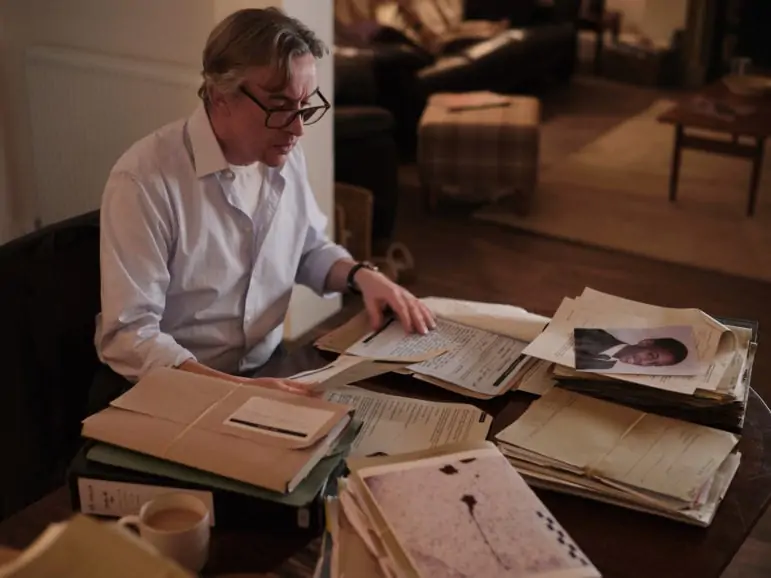
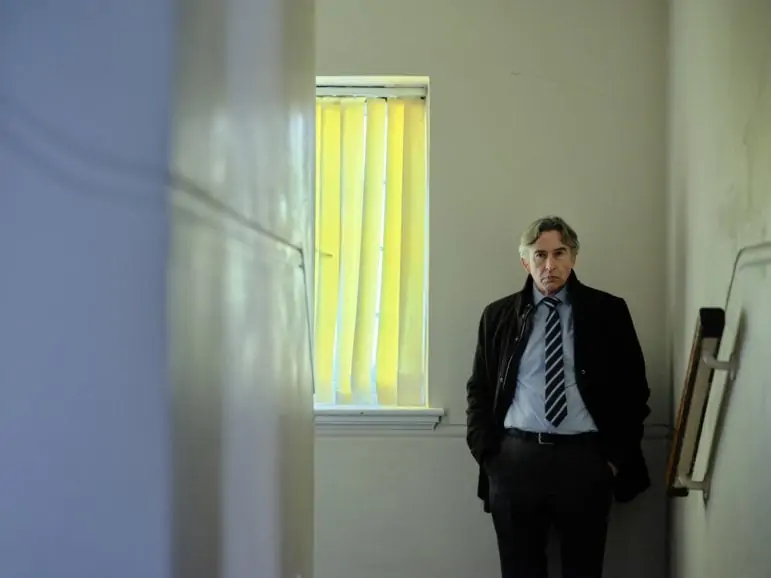
The pandemic restrictions presented a considerable obstacle for lighting-driven cinematographer Reid, who could not use haze on Stephen to ensure the shoot was COVID safe. “Half of my lighting approach is created through haze. At first, I challenged the decision, but I can see why it was necessary. The most important thing is to make sure everyone is safe and feels comfortable.”
But prepping for a show which was so important to Reid and to everyone involved while knowing he could not use haze was still a concern. “How would I shoot the series without it, but still guarantee the show was of a standard I was happy with? After testing various filters, I decided to use a Tiffen Smoque Filter, as a substitute for Haze. However, I don’t want to be an advocate for a filter replacing haze because it never could. It came in handy in allowing me to keep the look I wanted, but it’s just not the same.”
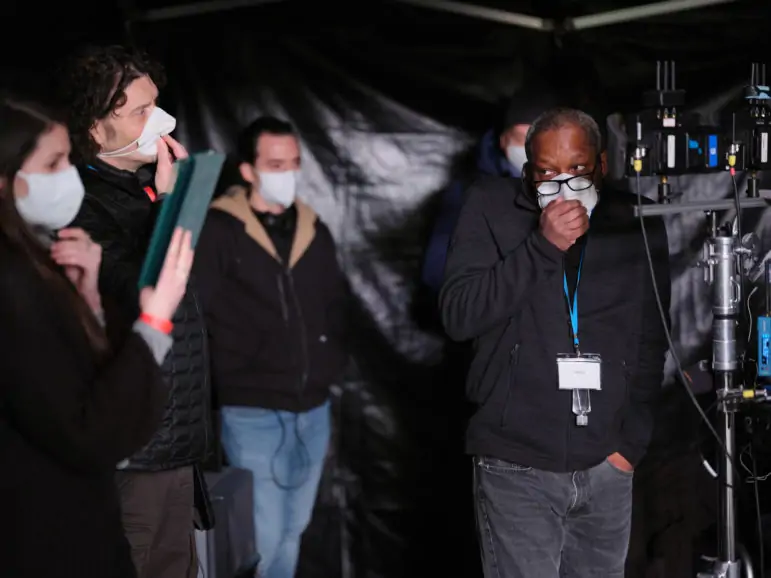
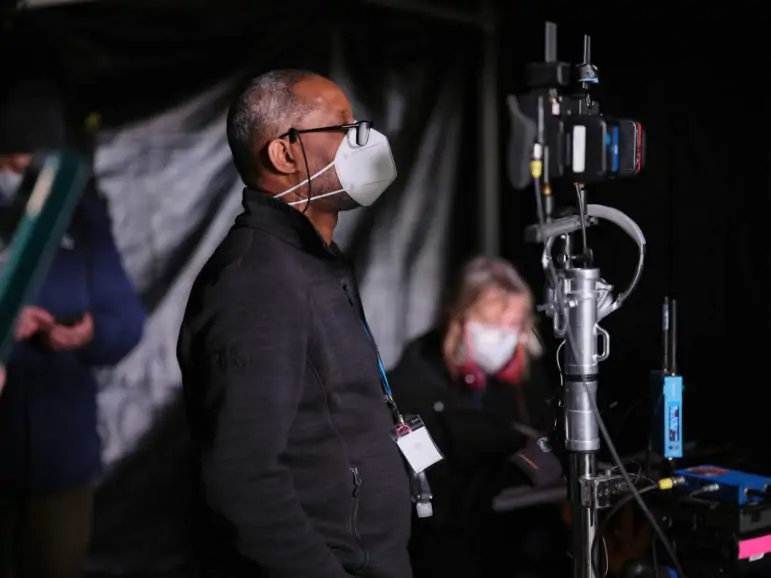
A production master class
Having filmed series Britannia in 6K using the Sony Venice and been “blown away by the results”, Reid aimed for a repeat performance on Stephen, but this time shooting in 4K. “I knew conversations and portraiture would feature heavily in the drama and I thought a large format camera such as the Venice would offer the necessary extra clarity. Some of the dialogue scenes are really hard hitting and what the characters say is so important, so those close-ups needed to be really impactful.”
While exploring lens options, Reid tested rehoused Leica R stills lenses. “Many large format lenses made today are too sharp for the look we needed to achieve but the Leica R was the perfect match. The combination of the new technology of the Venice and the vintage Leica lenses was really successful.”
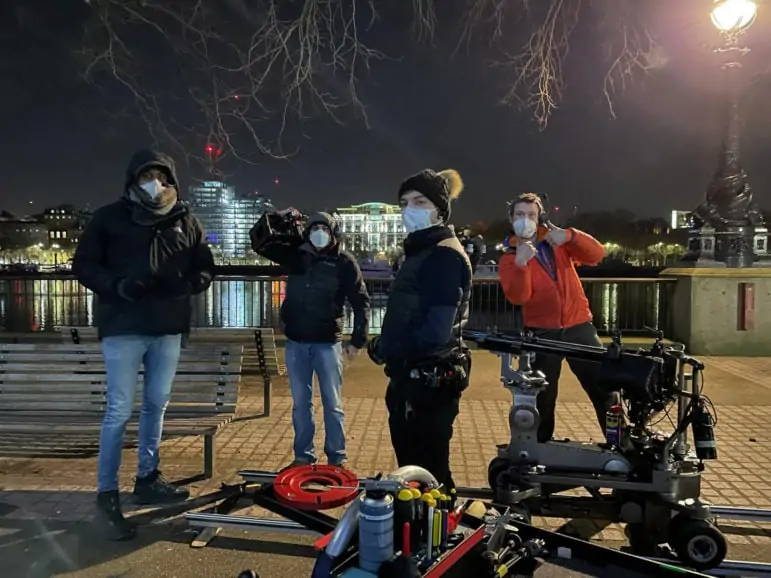
Adopting an approach rooted in the techniques of still photography, portraiture and “finding beautiful frames” was more important than focusing on camera movement. “The scripts didn’t need huge ambitious shots – it just wasn’t that type of drama. We didn’t have a large budget for equipment such as Techno cranes anyway and only had one Steadicam day,” he says. “However, as I own a DJI Ronin 2 stabilisation system, we used two cameras with the A camera on the Ronin 2 for most of the shoot. The Ronin became such an important tool on this production because it gets you in and around the room quickly meaning you can get into the frames swiftly.”
Reid’s camera crew comprised key grip Tom Pittman A camera operator Grant Sandy-Phillips, focus puller James Matai; and B camera operator Matt Hillier. “My camera crew are all so supportive of one another. Tom had an incredible amount to do and all our tracking shots look fantastic. I’ve worked with Grant for five years. He’s an amazing operator. We almost don’t need to speak as we are already on the same page. A lot of the time we were shooting wide open and didn’t have a lot of time to put down marks and James and Matt nailed the focus. I have a massive appreciation for the work focus pullers do – they are the difference between you being able to use all of your rushes.”
A productive partnership between Reid and colourist Jack Patel – who have been friends and collaborators since Patel graded Reid’s graduation film at the London Film School – saw them develop a LUT for Stephen. “We wanted to bring out the greens because I think that colour can be associated with movies and we wanted to shoot the series so it felt like a film in terms of the colour palette. We applied the LUT and as we went through. I created stills, did my own pre-grade and sent those to Jack. We were always tweaking because we didn’t have much time to create separate LUTs for each location, but it really helped when we got into the grade.”
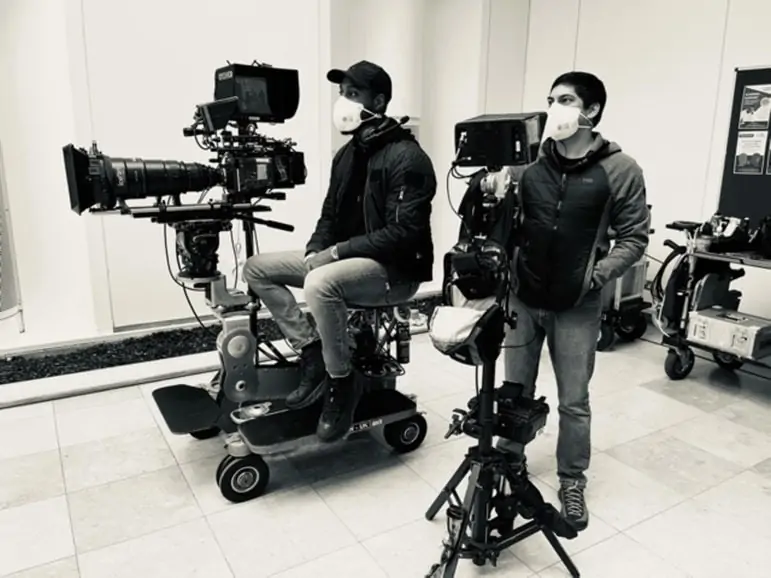
Although colour was not significant in creating the mood because “it wasn’t that type of production”, Reid explored colour separation within each scene and tried to feature two colour temperatures in the frame. “If colour was in a shot it would need to come from a practical light in the room or from a computer screen. For example, in one scene when Clive is at a computer a little bit of a purple spill is coming off the screen which works well because in the background you see the tungsten from a practical.”
As Stephen revolved around the performances, Reid’s role was to complement them photographically. “The series is the most character led production I’ve shot. It was a different way of working for me and that’s why I embraced it. It’s a story about a family that has gone through an awful lot and many things were uncovered following Stephen’s murder, so the performances were key,” says Reid. “The cast were phenomenal and sometimes you just had to sit back with the camera in awe and let them do their thing. It really was a master class watching Alrick work too. I wish all young cinematographers had the opportunity to work with him. I’ve learnt so much from the way Alrick would set up a scene which will stay with me forever.”
